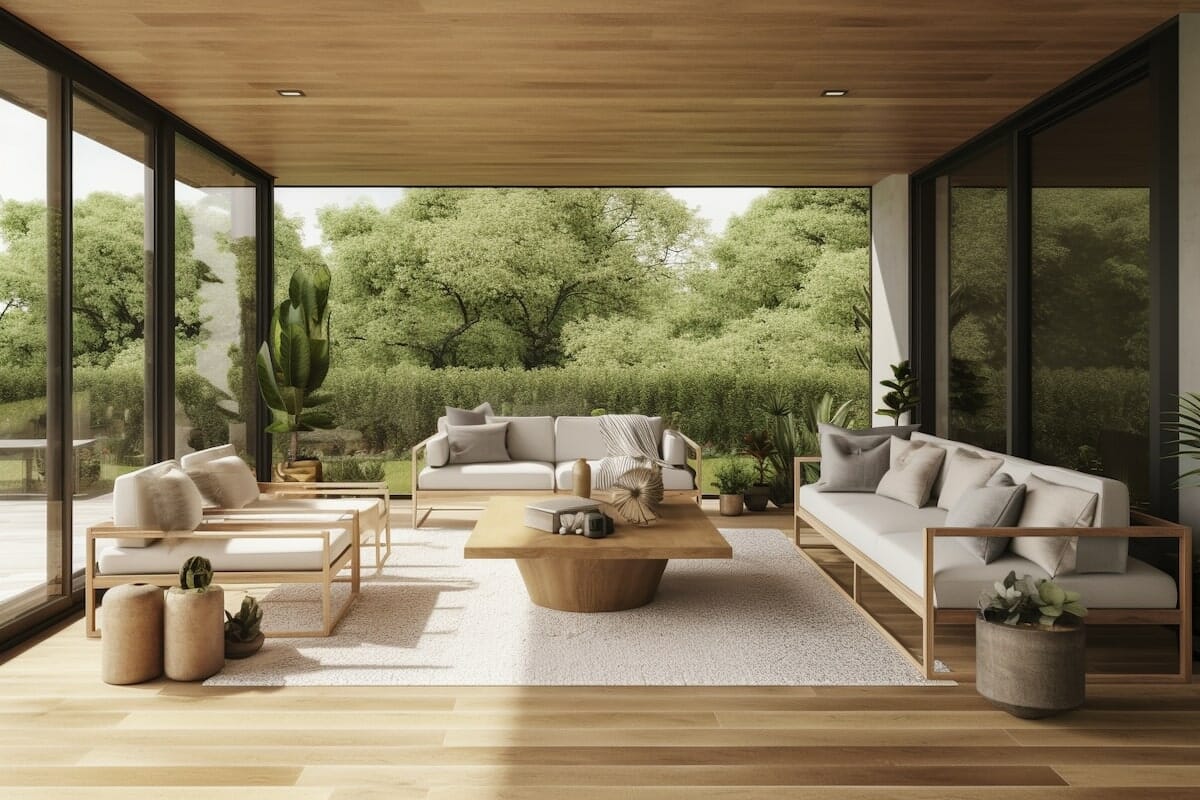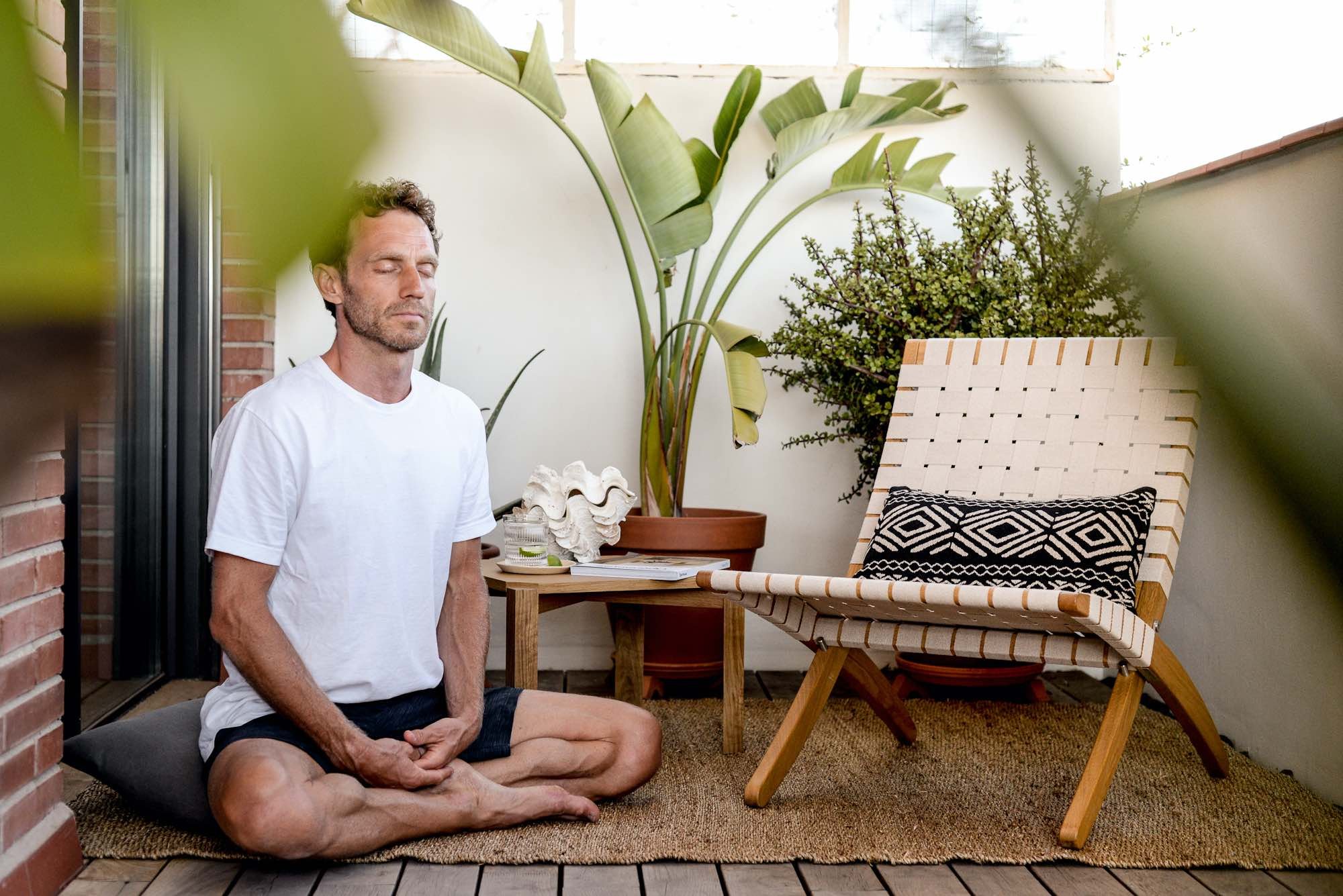How Architecture Design for Home is Redefining Modern Living Spaces-In the fast-paced world we live in, our homes have become more than just places to sleep and eat. They have evolved into dynamic living spaces that reflect our lifestyles, personalities, and technological advancements. Architecture design for home plays a central role in this transformation, shaping the way we interact with our environments and improving our overall quality of life. Today’s homes are no longer just functional—they are smart, sustainable, and built to adapt to our ever-changing needs.
In this article, we will explore how modern architecture design for home is redefining living spaces, offering greater comfort, efficiency, and connectivity. From open floor plans to energy-efficient systems, these design trends are revolutionizing how we live in our homes.
The Shift Towards Open and Flexible Floor Plans
One of the key elements of modern architecture design for home is the shift towards open and flexible floor plans. Gone are the days of rigidly defined rooms with walls separating spaces for specific functions. Today’s homes are designed with a fluidity that encourages connection and flow. Open living spaces allow for more interaction and socializing, making the home feel more inviting and spacious.
These open layouts also offer greater flexibility, allowing homeowners to adapt spaces to suit their needs. For example, a large living room can easily be transformed into a multi-purpose space for entertaining, working, or relaxing. The open design enables a home to be used in ways that cater to modern lifestyles, where flexibility and versatility are essential.
The Integration of Technology in Home Design

Incorporating technology into architecture design for home is another way modern living spaces are being redefined. From smart thermostats to security systems, technology has become an integral part of how we interact with our homes. Home automation systems allow for everything from controlling the temperature to adjusting lighting and managing entertainment—all from a single device.
Smart homes are designed to be energy-efficient and highly responsive, adapting to the needs of their inhabitants. For instance, motion sensors can adjust lighting based on occupancy, and smart refrigerators can track food inventory and suggest recipes. Technology is making our homes more intuitive, simplifying everyday tasks and providing a higher level of convenience.
Sustainable Design and Eco-Friendly Solutions
As environmental concerns become more pressing, sustainability has become a central focus in architecture design for home. Modern homes are increasingly designed with eco-friendly materials, energy-efficient systems, and sustainable practices that help reduce their carbon footprint.
Solar panels, rainwater harvesting systems, and energy-efficient insulation are just a few examples of sustainable features being integrated into home designs. Additionally, the use of sustainable building materials, such as bamboo, reclaimed wood, and recycled metal, is becoming more common. These eco-conscious elements not only reduce the environmental impact of a home but also create a healthier living environment by improving air quality and reducing waste.
By focusing on energy efficiency and sustainability, modern architecture is helping homeowners save money on utility bills while also contributing to the protection of the environment. (Read More: Smart Architecture Design for Home: Integrating Technology into Living Spaces)
Maximizing Natural Light and Indoor-Outdoor Living

Another major trend in modern architecture design for home is the emphasis on maximizing natural light and creating seamless connections between indoor and outdoor spaces. Large windows, skylights, and open glass doors allow natural light to flood the interior, creating a bright and airy atmosphere.
Natural light is known to improve mood, productivity, and overall well-being, which is why it’s a key consideration in modern home design. Homes are also being designed to integrate more closely with their surroundings, with outdoor spaces like patios, terraces, and gardens becoming an extension of the indoor living area.
This connection between indoor and outdoor spaces promotes a sense of tranquility and allows for a more harmonious relationship with nature. Whether it’s enjoying a meal outside or relaxing in a private garden, modern homes are designed to provide a balanced living experience that blends comfort with natural beauty. (Read More: Home Renovation Cost Estimator: A Must-Have Tool for Every Remodel)
Personalization and Customization in Home Design
Every homeowner has unique tastes and needs, which is why modern architecture design for home emphasizes personalization and customization. Today’s homes are designed with flexibility, allowing homeowners to tailor spaces according to their individual preferences.
Custom cabinetry, personalized layouts, and bespoke finishes allow homeowners to create a space that truly reflects their style and lifestyle. Whether it’s a home office, a dedicated fitness room, or a library, architects are designing spaces that are built for specific needs, ensuring that every inch of the home serves a functional purpose.
This focus on customization also extends to smart home technologies, where homeowners can adjust settings such as lighting, temperature, and security to suit their lifestyle. Modern architecture is about creating a home that feels uniquely yours, with spaces that cater to your everyday needs. (Read More: Smart Spaces: Leveraging Decoration AI for Functional and Aesthetic Interiors)
The Importance of Well-Being and Health in Home Design

In today’s fast-paced world, well-being and health are top priorities for many homeowners. Modern architecture design for home takes these factors into account by creating environments that promote both physical and mental health. Biophilic design, which integrates natural elements like plants, water features, and natural materials, is becoming a key trend in home architecture.
Studies have shown that exposure to nature can reduce stress, improve mood, and enhance overall well-being. By incorporating plants, natural textures, and plenty of green spaces into the design, homes are becoming sanctuaries that support both physical and emotional health.
Additionally, features like clean indoor air systems, ergonomic furniture, and spaces for exercise and relaxation help to promote a healthier lifestyle. Modern architecture is not just about aesthetics—it’s about creating a home that nurtures and supports your well-being.
Conclusion article How Architecture Design for Home is Redefining Modern Living Spaces
Architecture design for home is no longer about simply creating a place to live—it’s about creating a space that enhances your lifestyle, supports your well-being, and adapts to your evolving needs. The modern home is a reflection of the values and technologies that define our era: flexibility, sustainability, and innovation.
From open floor plans and smart technologies to sustainable building practices and a focus on natural light, the design of modern homes is revolutionizing how we live. These trends are not only improving the functionality and comfort of our homes but also transforming them into personalized, connected, and healthy environments.
As we move forward, architecture design for home will continue to evolve, embracing new technologies, design philosophies, and environmental concerns. The homes of tomorrow will be more intuitive, sustainable, and tailored to our individual needs, ensuring that our living spaces continue to support and enhance our lives for generations to come.